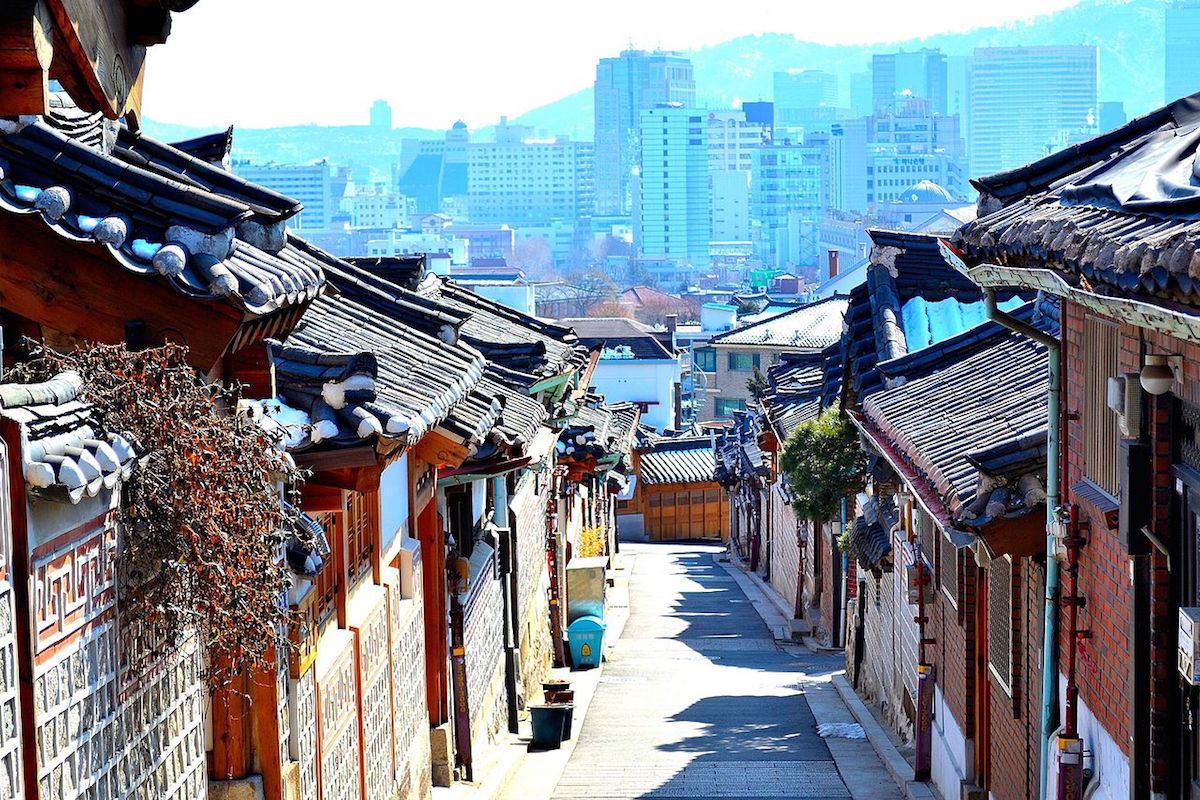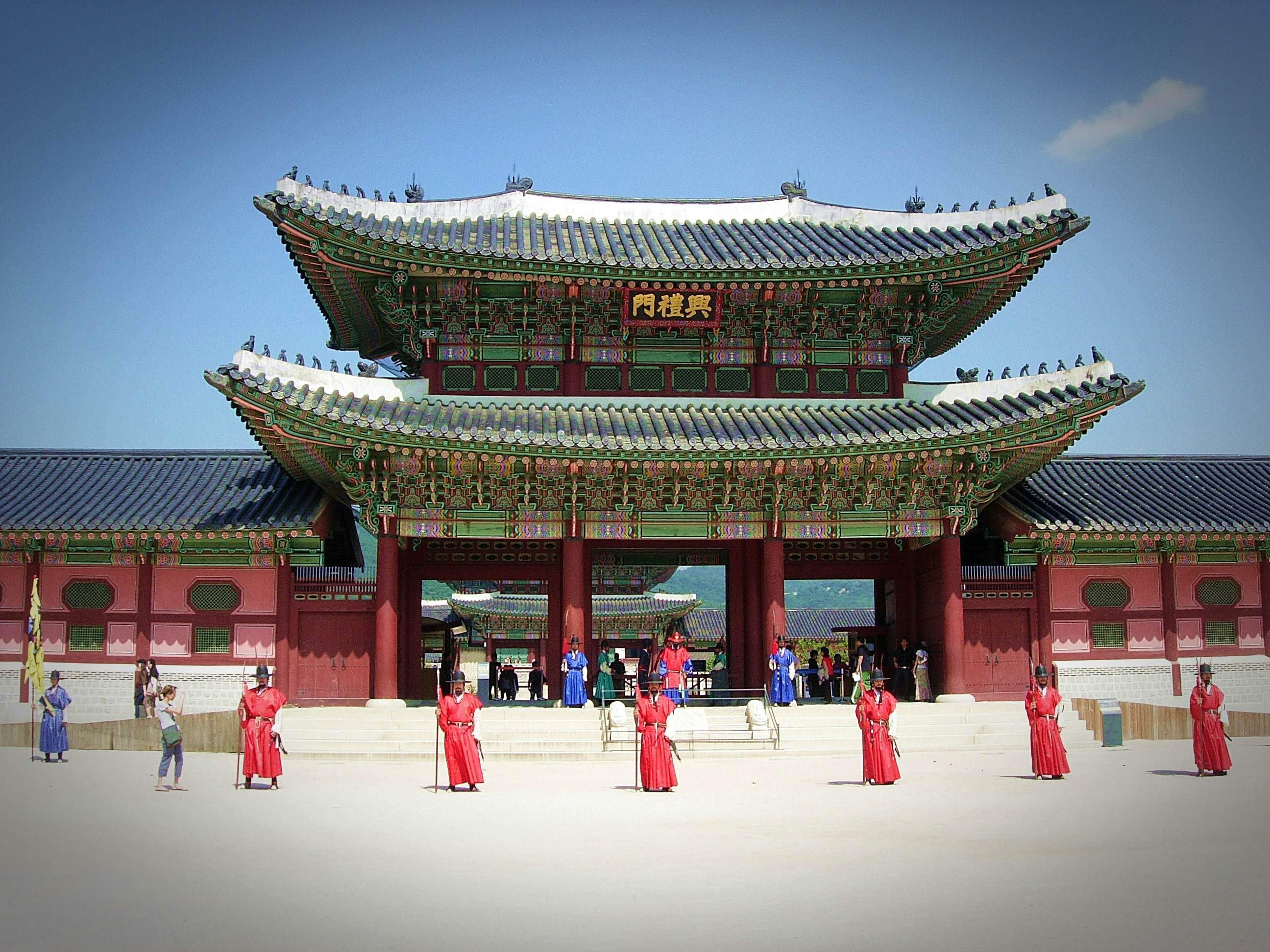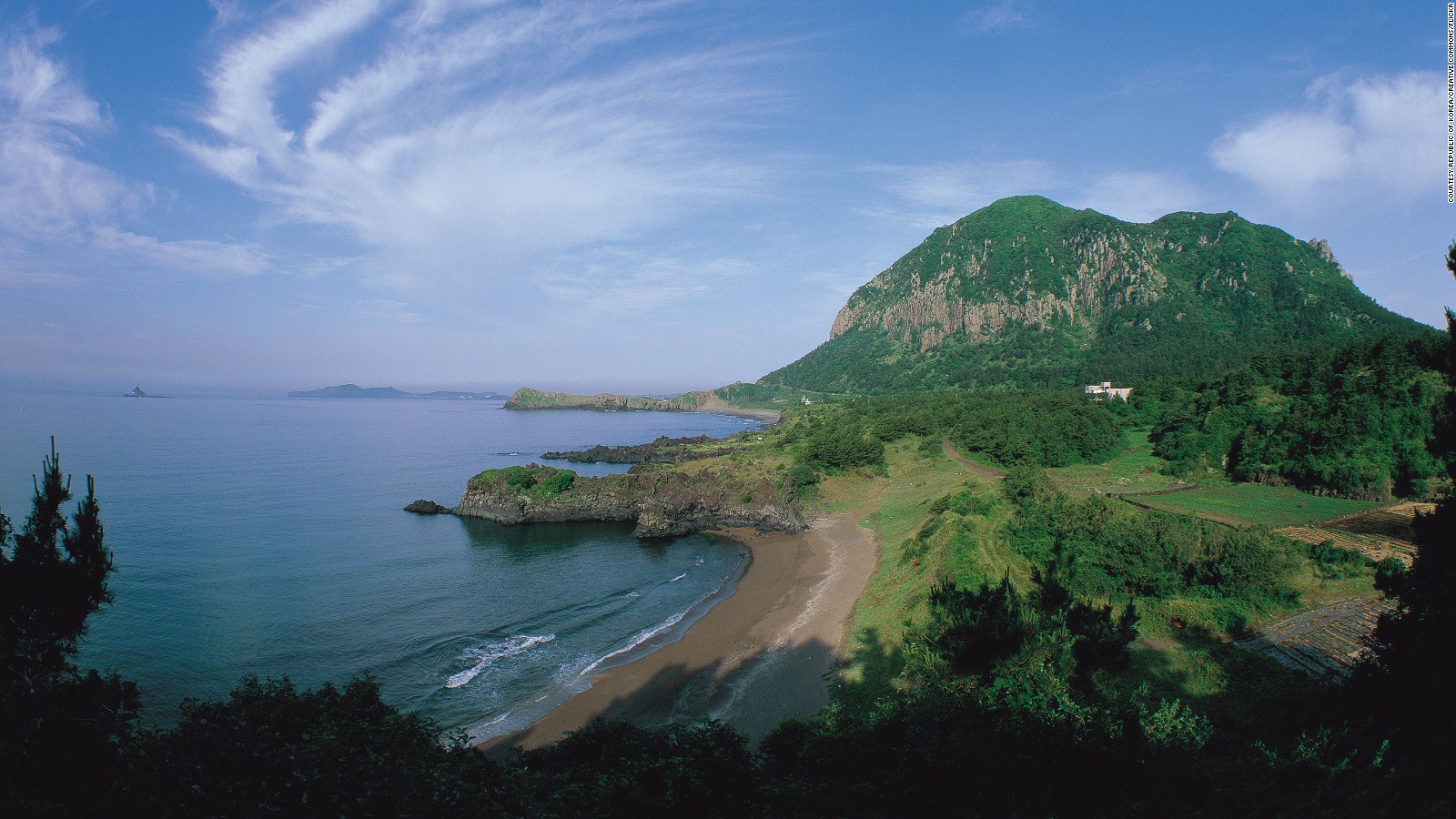Amidst coronavirus, I’m sticking to what I – and a lot of other people – love most: cooking and baking. One challenge I’ve presented to myself is to make a dish (or dishes) of international cuisines every week, learn some words from the language, and e-visit some of the country’s landmarks. Some of these dishes will be more complex than others, based on what ingredients I have available in the house.

I must make a confession. I am hooked on Airbnb’s online international food classes.
My recent pleasure has been that of Host Wan Jeong’s “Korean Food Revolution”, where we made two comfort food dishes: bibimbap and gyeran-guk. Wan Jeong – a freelance food writer and cookbook author – was so kind and inviting. She’s also a great admirer of that famous Italian chef Massimo Bottura, who starred in Netflix’s Chef’s Table series and a number of other cooking projects.
Prior to this cooking class, my only exposure to Korean food came through a friend’s birthday party at a Korean fried chicken restaurant in my hometown. That said, since I’m not a huge fan of fried chicken, I didn’t really get an authentic taste of Korean culture. I have become increasingly familiar with Japanese, Thai, Chinese, and Indonesian forms of cooking but I thought that Korea had a lot to offer that I wanted to learn more about. What better way to learn about a country than to start with its soul (AKA comfort food)?
Korean cuisine is largely based on rice, vegetables, and meats. Traditional Korean meals consist of several side dishes (banchan) that complement steam-cooked short-grain rice. Kimchi, which is fermented vegetables, is a staple food. Commonly used ingredients include sesame oil, soy sauce, salt, garlic, ginger, gochutgaru (pepper flakes), gochujang (fermented red chili paste) and napa cabbage.
DISH #1: Bibimbap (GF + V)

Bibimbap is a bed of white rice with vegetables and meats delicately placed around topped with a fried egg and a sauce. Wan Jeong explained that “bibim” means mixing rice, while “bap” refers to rice. For this class, the vegetables that we chose were cucumbers, zucchini, onions, mushrooms, carrots, and spinach – but you can put whatever vegetables you see fit, such as bean sprouts or cabbage. You must sauté each vegetable individually and place them onto the bed of rice so as to make a gorgeous pallet of scrumptious veggies. Instead of beef, or any other type of meat, I decided to roast my tofu in some soy sauce to top off my rice bed, and I omitted the fried egg on top. If you’re looking to replace the egg with a similar vegan like option, I imagine Just Egg would work beautifully.
The spicy sauce contains gochujang, which is a fermented chili paste and a staple in Korean sauces. The sauce also had some sugar, sesame oil, sesame seeds, and water. One of the things that struck me the most about making this dish was the amount of garlic there were over 3 tablespoons of minced garlic in the entire dish! You’re supposed to eat the dish with your chopsticks digging in and spreading the sauce as you wish grabbing different bite with each chopstick pinch. I realized that bibimbap is not only a delicious comfort food, but it’s also a practical one. If you have day-old rice, you can easily use that as your base, and simply cut any refrigerated vegetables to stir fry. The spicy sauce is delicious on top of anything – I plan on reserving some for baked tofu, as well as a spring roll dipping sauce for the summer.
In fact, Bibimbap came from early rural Koreans taking leftover vegetables, sometimes meat, with rice and mixing them in a bowl. This was budget-friendly and didn’t require all of the time and space of a traditional meal.
Recipe: My Korean Kitchen’s Bibimbap
DISH #2: Gyeran-guk (egg drop soup) (GF + V)
I didn’t taste the egg drop soup because I am trying to have a more vegan lifestyle, but my dad had it and thoroughly enjoyed it. The technique for making the egg drop soup was really interesting. She created a tornado with chopsticks in the pot and only lightly whisk the egg so that the egg whites and egg yolk were still distinguishable. Then she poured the egg batter in a circular fashion so that the egg drop soup one in perfect spiral into the tornado. Her version was much better than mine, but if my dad request for soup again I’ll try to my best. Unlike Chinese style egg drop soup, which is often made with chicken stock, Korean egg drop soup is made with dried anchovy stock and/or dried kelp stock. This one was made with fish sauce instead.
Recipe: My Korean Kitchen’s Korean Egg Drop Soup
USEFUL WORDS
- Anyoung haseyo! –> Hello/Good morning/Good afternoon/Good evening
- Mannasuh bangapseumnida –> Happy to meet you
- Anyoung hee gyeseyo –> Goodbye “Please stay well”
- Sseonghami eotteoke doesimnikka? –> What’s your name?
- Je ireumeun … –> My name is …
LANDMARKS
Jeonju

This historic city is home to many ancient temples and shrines along with a hanok village. Some of the homes in the hanok villages are open for tours, and others have been made into museums (and restaurants and lodging, too).
Seoraksan National Park
The park is known for its natural diversity, as it has over 1,500 different animal species and over 1,000 different kinds of plants. There are also two Buddhist temples inside the park, one known as the “Temple of a Hundred Pools” due to all the ponds around it fed by mountain streams.
Gyeongbokgung Palace

Also known as the Northern Palace, it was first built in 1395 during the Joseon dynasty, who built five grand palaces around Seoul. The palace has been bombed, destroyed, rebuilt several times, occupied by the Japanese (first in 1592), and only finally restored in 1990.
Jeju Island

A very popular resort destination, this island boasts beautiful beaches along with a lot of culture and history. The lava tubes, which can be explored, are natural air pockets in the hardened lava, the size of railway tunnels.